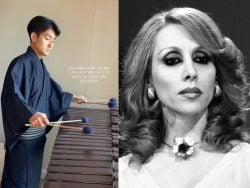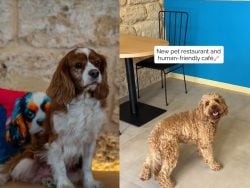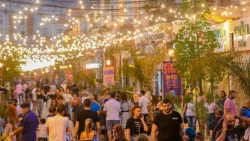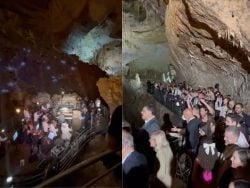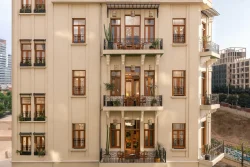Studio Shehrazade in Saida: Reframing Heteronormativity in the Modern Era
Back in 1953, Hashem El Madani opened Studio Shehrazade in Saida. What started as a neighborhood photo studio ended up serving as a point of study and contention for gender studies research.
These images were socially acceptable when taken, as real couples rarely showed intimacy on camera due to social taboos. Today, as Akram Zaatari points out, viewing them through a queer lens gives them a very different cultural meaning. What was once playful or symbolic now appears as a deviation from past social norms in the modern context.
Who Is Hashem El Madani?
Born in 1928, Hashem El Madani began taking pictures of Saida’s inhabitants back in 1949, converting his parents’ home into a makeshift studio. When Madani raised enough money, he opened his own studio on the first floor of a commercial building named Shehrazade. Madani’s subjects had gained a sense of freedom from the new space, away from the prying eyes of Madani’s family, and they felt free to express themselves unfiltered.

Source: British Journal of Photography, courtesy of the Arab Image Foundation.
Many of these photos can still be found to this day, both physically and digitally. Studio Shehrazade is still up and running, and you can find pictures just like these, right where they were taken.
The Arab Image Foundation (AIF), co-founded by Akram Zaatari, Fouad El Khoury, and Samer Mohdad, have also physically and digitally preserved these images. Copies can be found digitally in online journals or physically at AIF’s Beirut location.
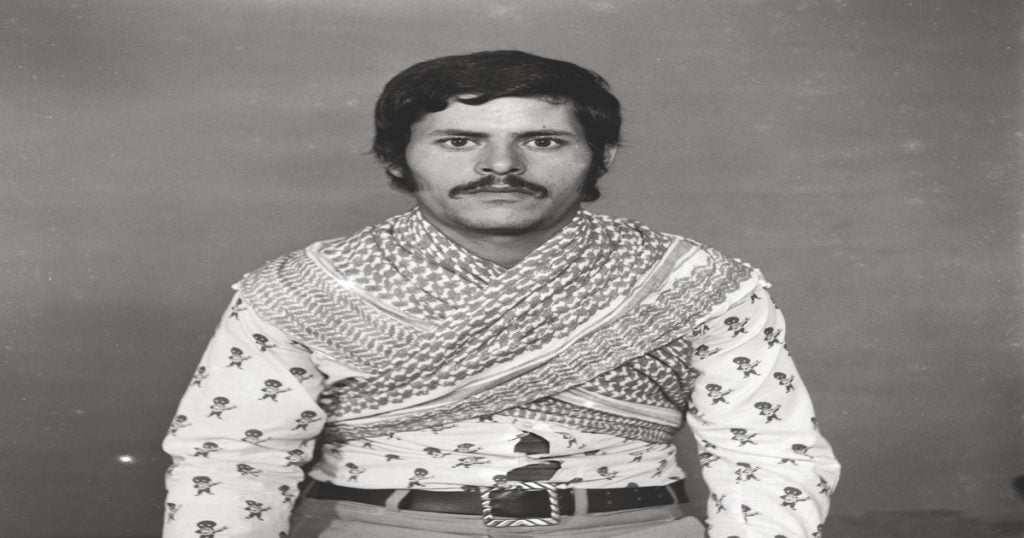
Source: British Journal of Photography, courtesy of the Arab Image Foundation.
Was This Studio Popular?
Shehrazade reportedly peaked in popularity between the 1960s and 70s during the Lebanese civil war and on the cusp of Israel’s first invasion into Lebanon.
During this period, Madani photographed around 100 portraits a day, which he estimated to be around 90% of Saida’s population. Many of the photos captured consisted of Syrian and Palestinian resistance fighters in kufiyas or bearing arms.
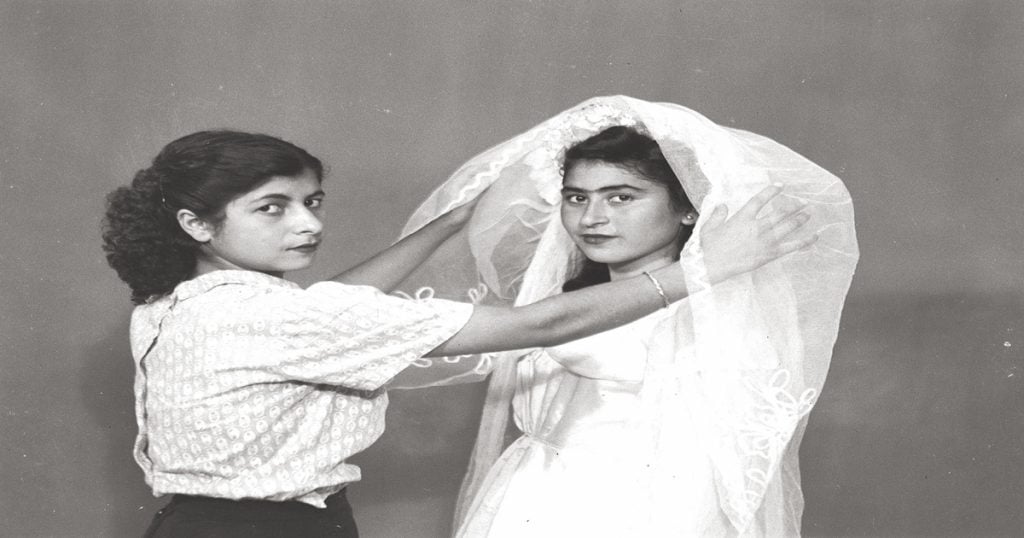
Source: British Journal of Photography, courtesy of the Arab Image Foundation.
These images once showed simulated same-sex marriages, often acted out by siblings, and were seen as normal at the time. Today, they are viewed differently—many interpret them as depicting homoerotic or queer relationships, especially through a contemporary lens.
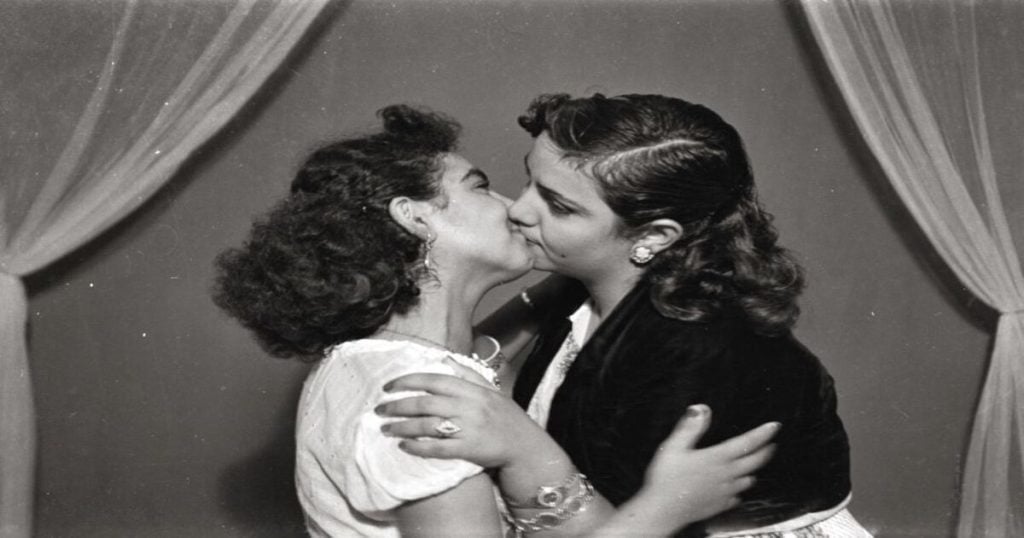
Source: British Journal of Photography, courtesy of the Arab Image Foundation.
There is much to be said about the way the dynamics of social norms have shifted. Eyeliner used to be acceptable in the form of kohl. In the 15th century, high heels and wigs were originally tailored towards men.
The idea that society has upheld the same social norms since it’s conception is a jarring misconception evident by these photographs.
Enjoyed reading about Studio Shehrazade in Saida? You might also like: This Lebanese Artist Is Documenting Queer Culture In The Region
“Made in Beirut” Tee
High quality t-shirt that is available in either round neck loose fit made of 100% cotton with short sleeves, or fitted cropped with a round neck and short sleeves (95% cotton,5% elastane).
The Beirut Tee
Beirut.com printed logo on the left side. Available in Black, White, and Olive Green.
“Made in Beirut” Tee
High quality t-shirt that is available in either round neck loose fit made of 100% cotton with short sleeves, or fitted cropped with a round neck and short sleeves (95% cotton,5% elastane).
The Beirut Tee
Beirut.com printed logo on the left side. Available in Black, White, and Olive Green.
